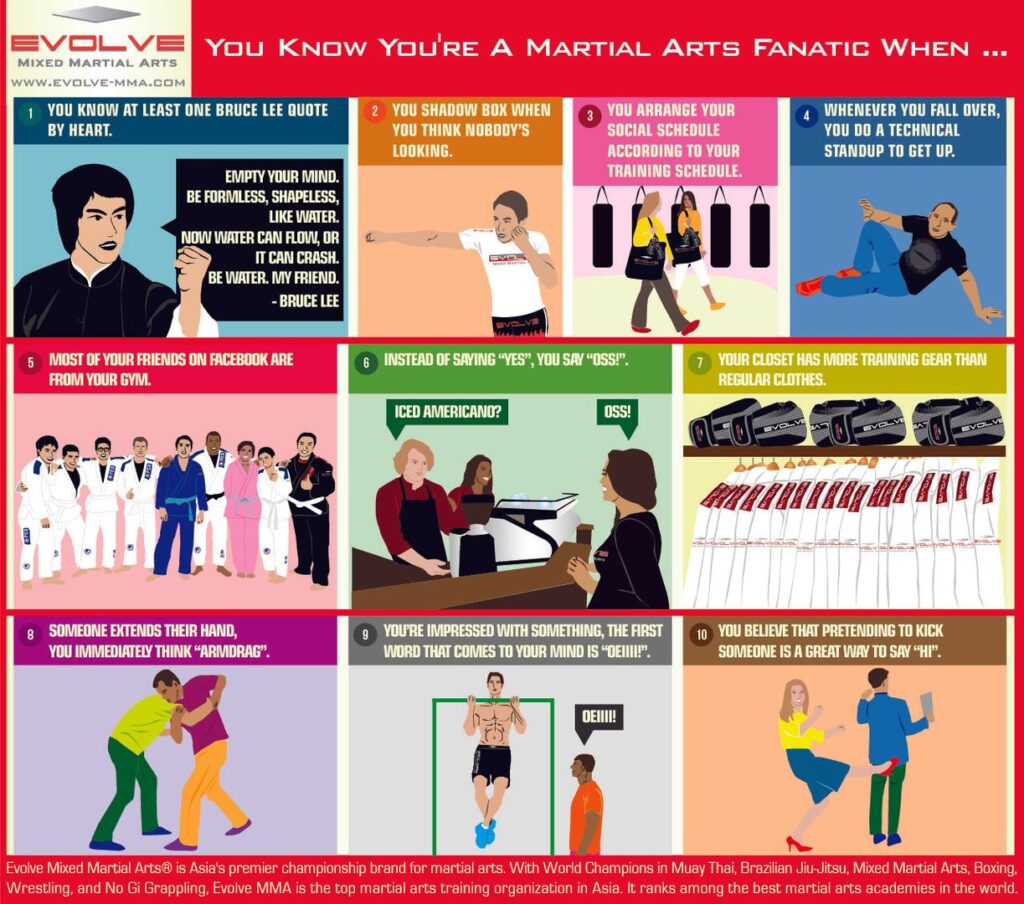Standard Taekwondo Moves For Amateurs
Standard Taekwondo Moves For Amateurs
Blog Article
Created By-Brun Frazier
As you tip onto the mat, the crisp aroma of resolution loads the air. The globe of Taekwondo awaits, ready to reveal its tricks and unleash your capacity.
But where to begin? Fear not, for within these sacred strategies lies the structure of your trip.
From understanding the art of positions, to letting loose effective kicks and strikes, this conversation will direct you with the vital methods that will certainly form you right into a powerful Taekwondo specialist.
So, tighten your belt and prepare to start a course of self-control, strength, and self-discovery.
Positions
To perform Taekwondo strategies successfully, it's essential to master the proper positions. Stances are the structure of every move in Taekwondo, supplying security, equilibrium, and power.
One of one of the most fundamental stances is the 'Equine Stance.' In this position, your feet are shoulder-width apart, knees are a little curved, and your weight is uniformly distributed in between both legs. The Horse Stance permits you to maintain a low center of gravity, making it less complicated to carry out powerful strikes and kicks.
An additional crucial position is the 'Front Position.' In this position, one leg is positioned forward with the knee bent, while the other leg is extended straight back. The Front Stance is utilized for long-range attacks and offers a solid base for generating optimal power.
Kicks
Newbies in Taekwondo can discover a variety of powerful and dynamic kicks to improve their martial arts skills. Kicks are an essential part of Taekwondo, as they allow you to create optimal power and reach your opponent from a distance.
One of the fundamental kicks you'll find out is the front kick, where you extend your leg ahead and strike with the ball of your foot.
One more essential kick is the roundhouse kick, where you pivot on your sustaining foot and provide a circular kick with the top of your foot.
Furthermore, aikido near me for adults includes raising your leg to the side and striking with the side of your foot.
Strikes
After grasping the numerous begins Taekwondo, it is very important to currently concentrate on developing reliable strikes. Here are five necessary strikes that every beginner need to find out:
- Punches: Exercise throwing straight strikes with proper method and alignment. Keep in mind to use your entire body to create power and maintain balance.
- Hand Heel Strikes: Make use of the base of your hand to strike your opponent's target area, such as the nose or chin. Concentrate on precision and rate to maximize impact.
- Joint Strikes: Find out different joint strikes, such as the downward elbow or horizontal arm joint strike. These can be devastating close-range strikes.
- Ridge Hand Strikes: Make use of the side of your hand to strike at risk areas like the temple or throat. Practice appropriate hand positioning and aim for precision.
- Knee Strikes: Develop strong knee strikes by driving your knee upward into your opponent's body. Concentrate on generating power from your hip rotation.
https://martialartsnearmekids76654.tokka-blog.com/33482886/enjoying-rewards-of-durability-martial-arts-psychological-and-psychological-gains
As you take your last bow, the journey of discovering vital taekwondo methods involves an end. Yet, this conclusion notes the beginning of a brand-new chapter in your life.
https://difference-between-martia44432.theideasblog.com/33709862/the-impact-of-youth-martial-arts-training-on-scholastic-achievement-and-focus , kicks, and strikes you have found out represent more than simple physical activities; they signify self-control, determination, and self-esteem. Embrace these teachings, and let them lead you in the direction of a more powerful, much more well balanced existence.
With each technique mastered, you unlock the potential within yourself to get over any challenge that comes your way.
